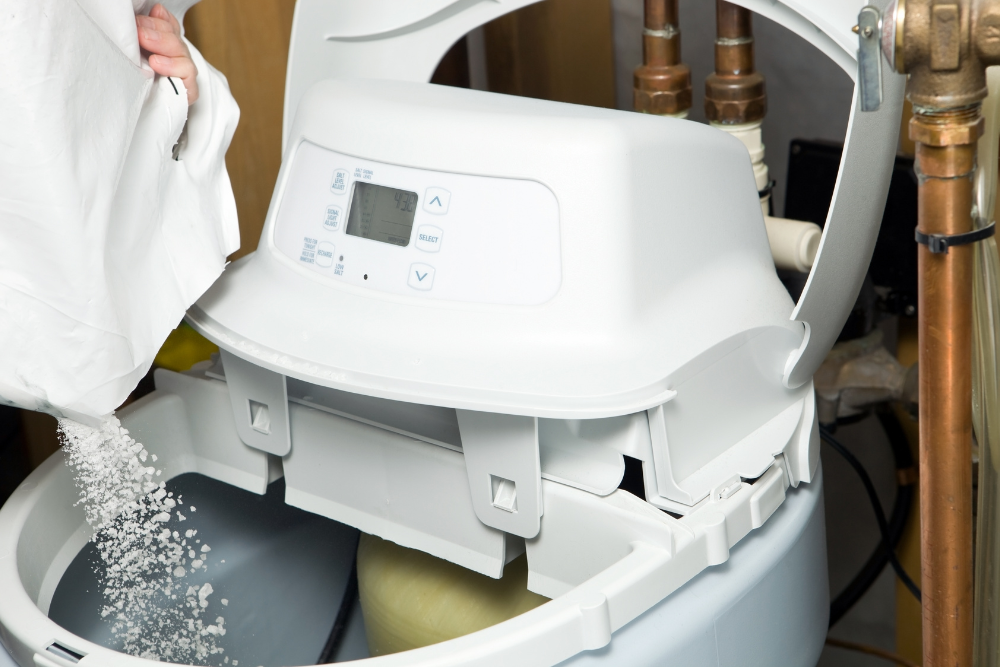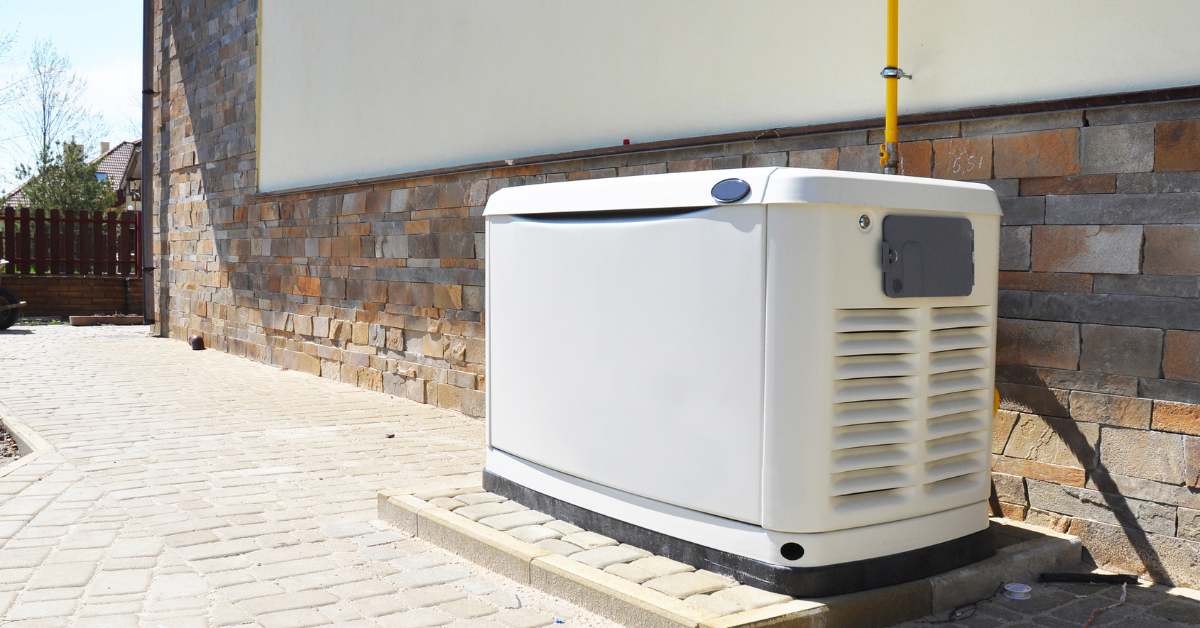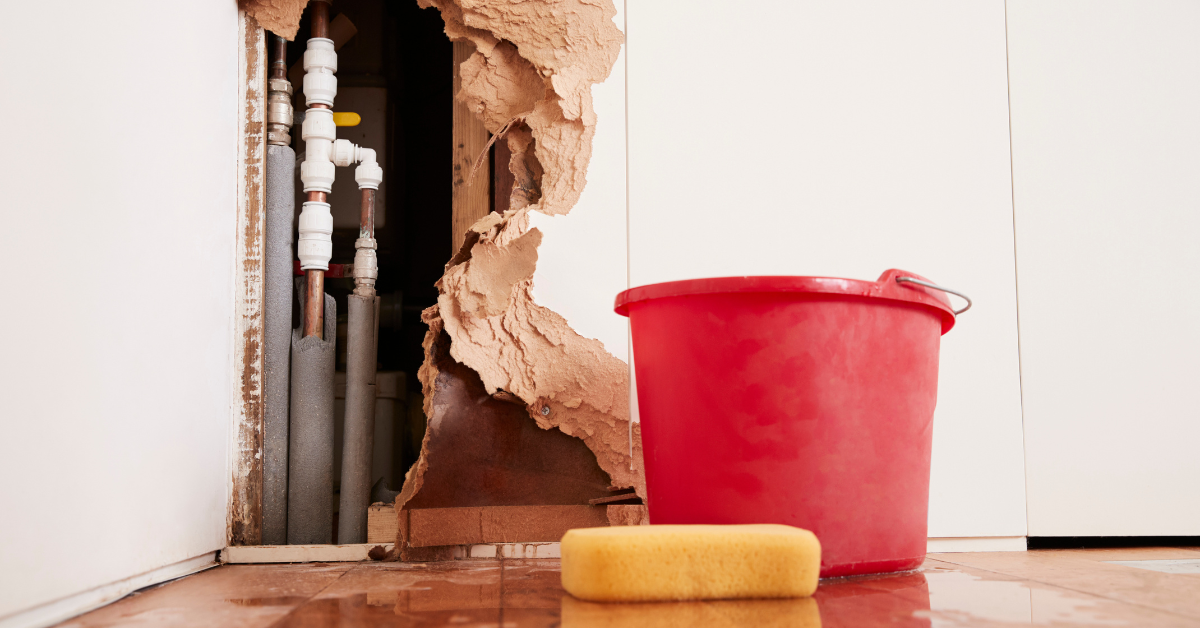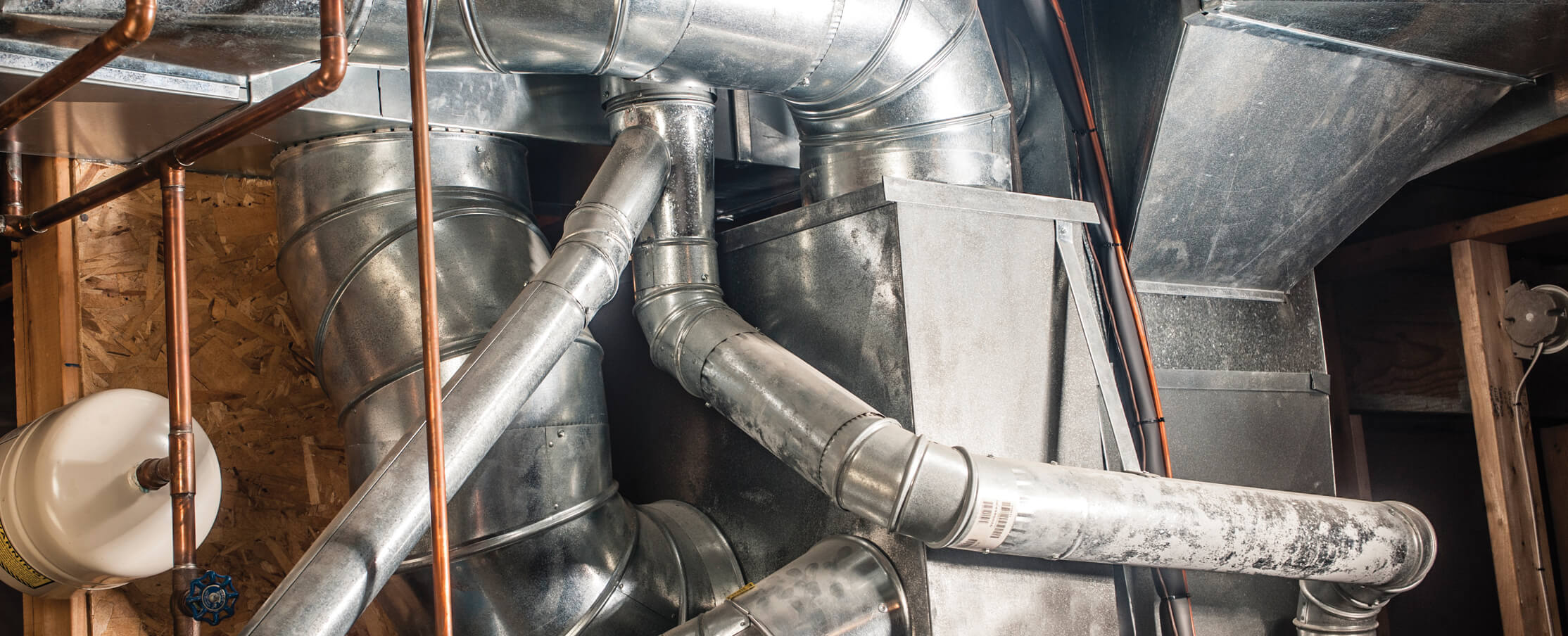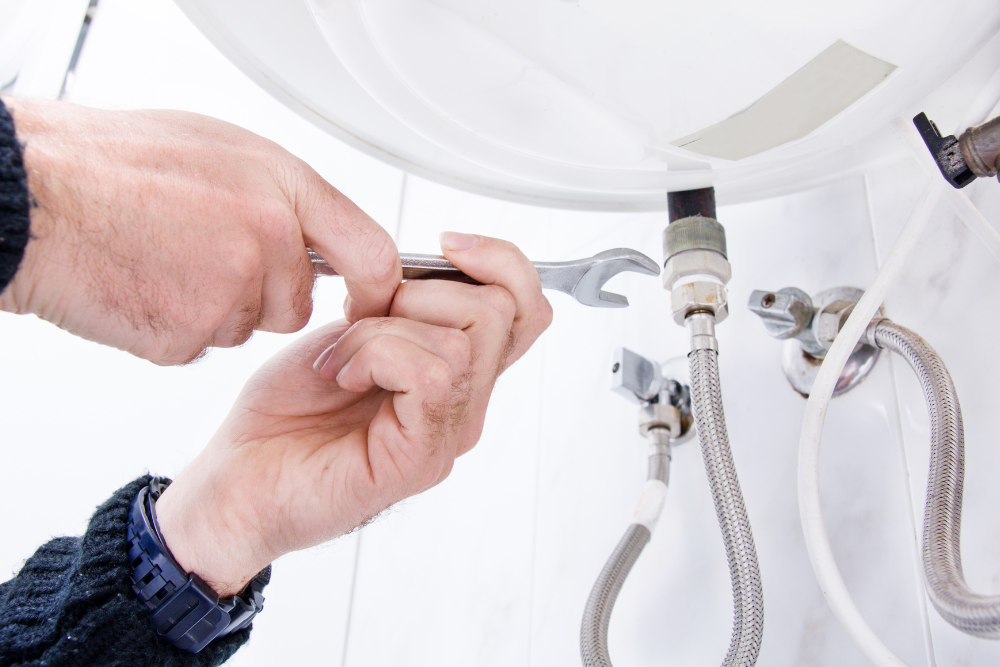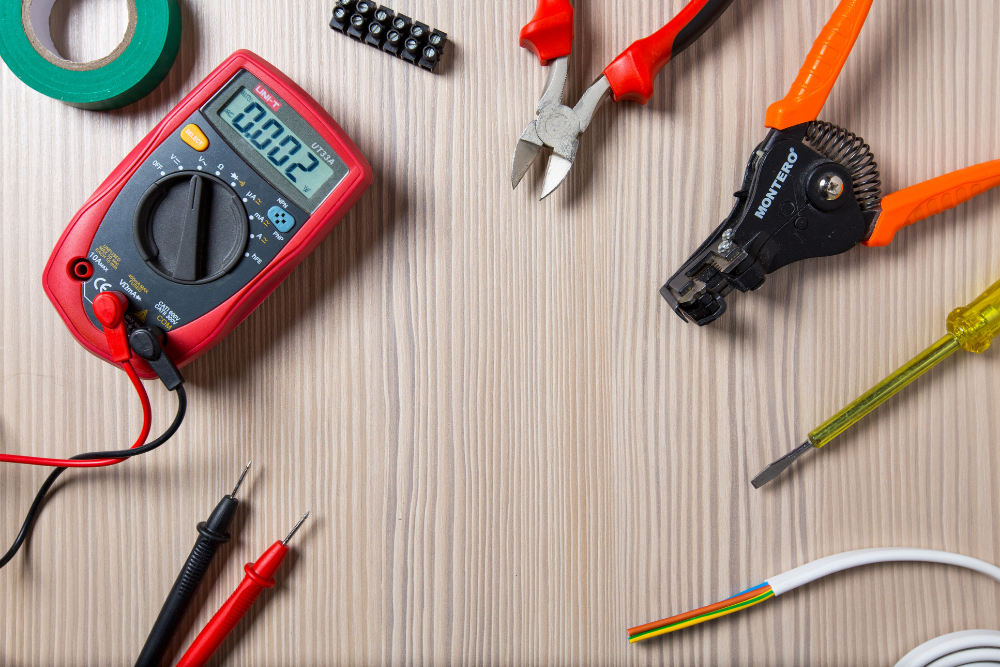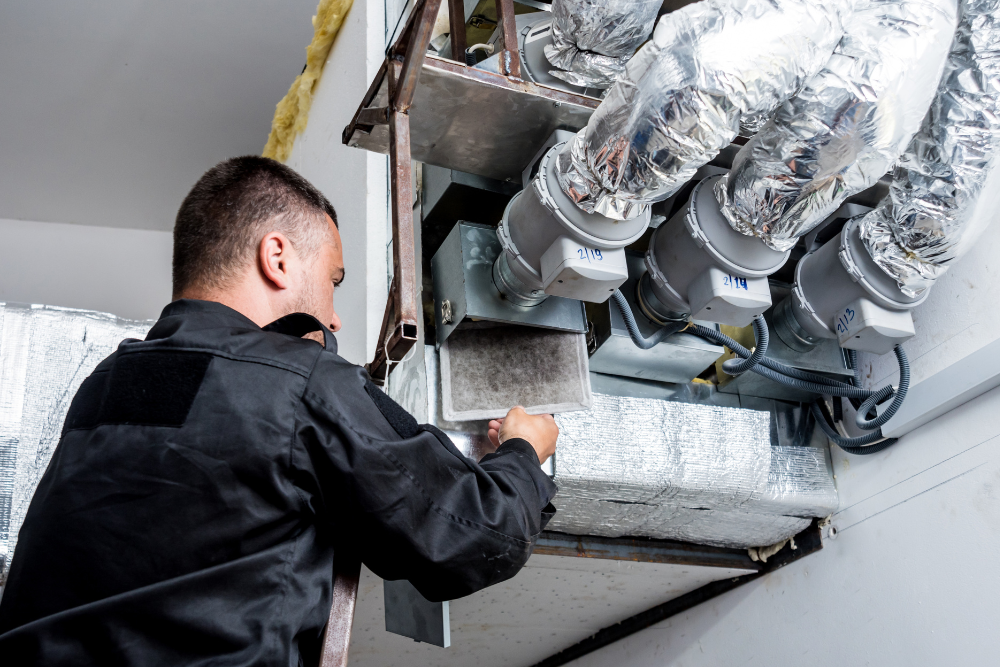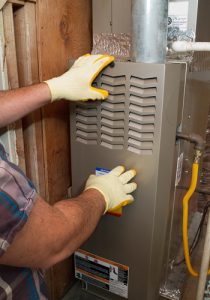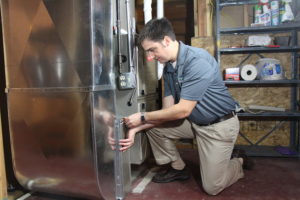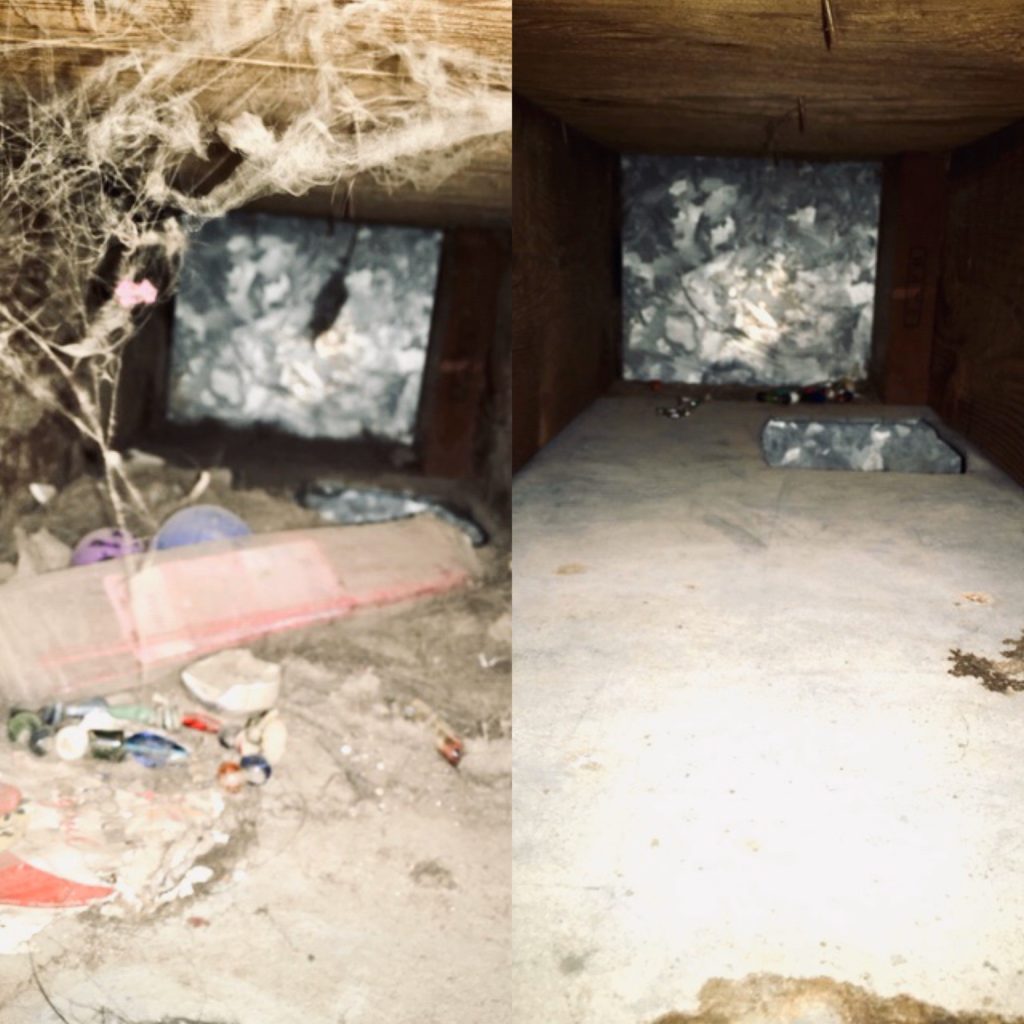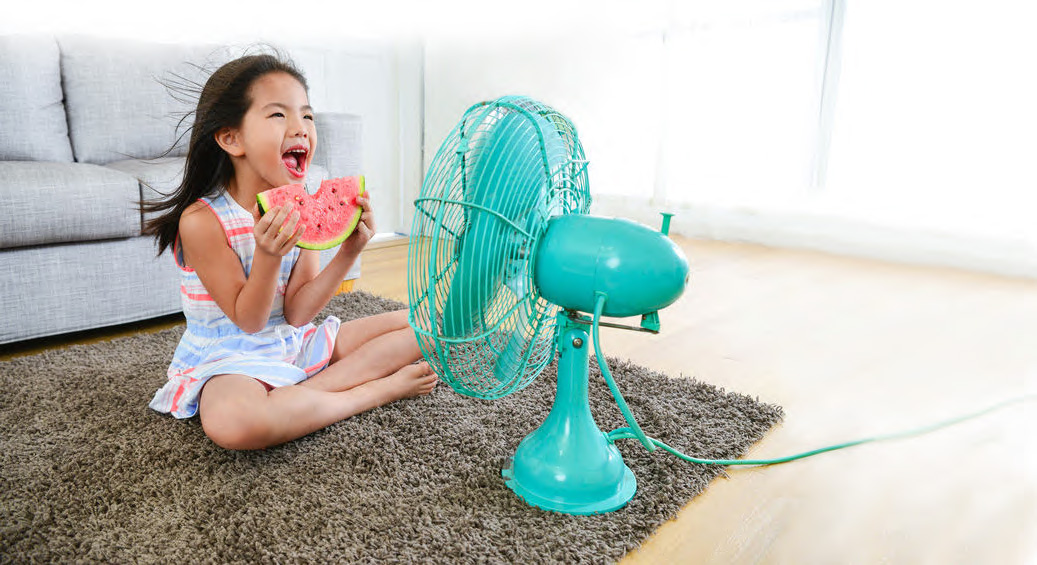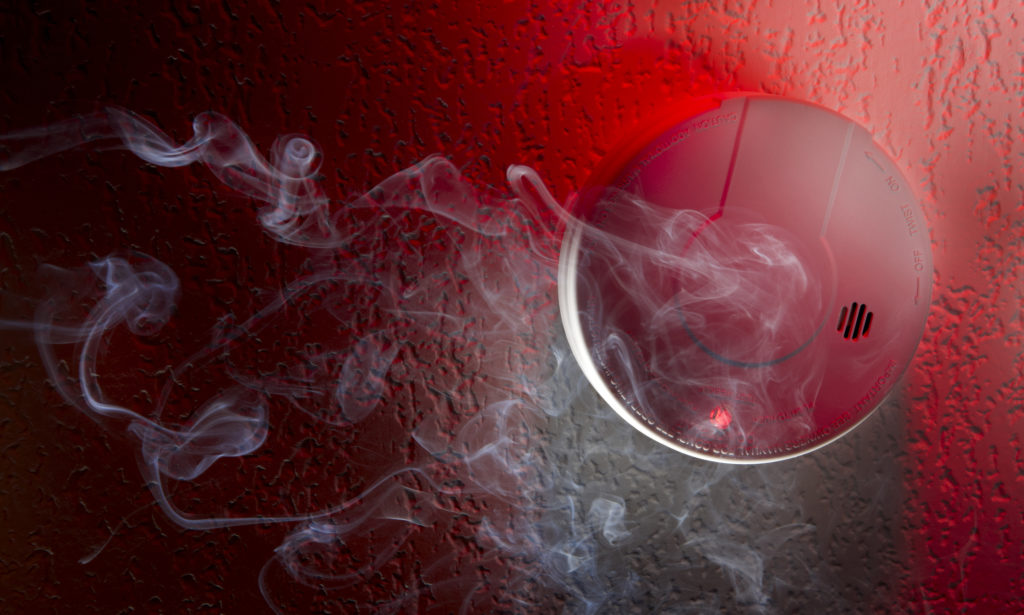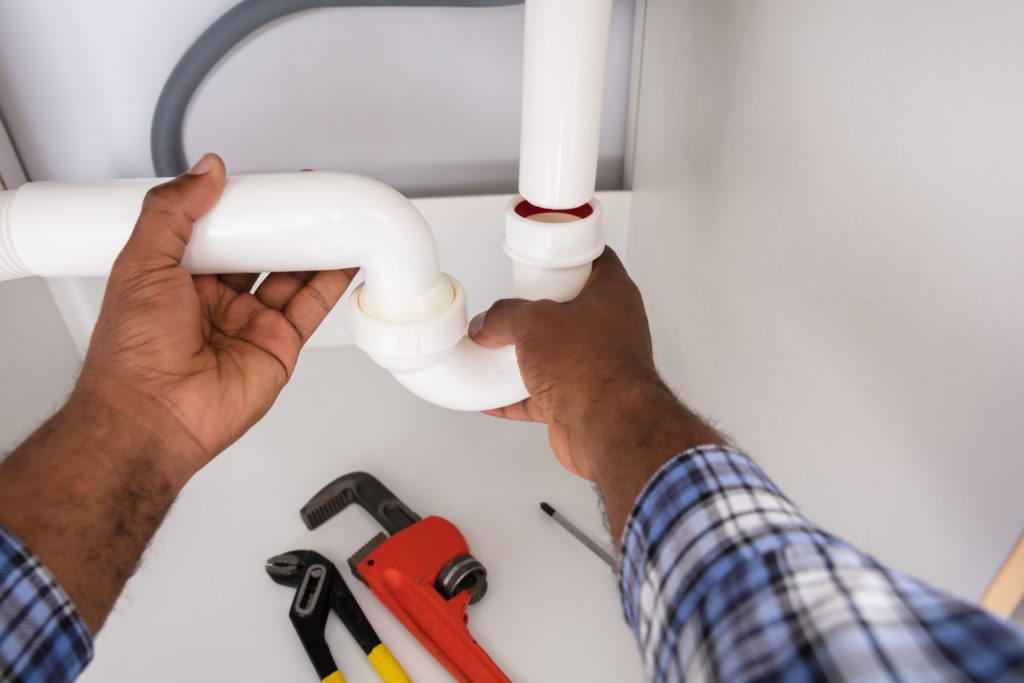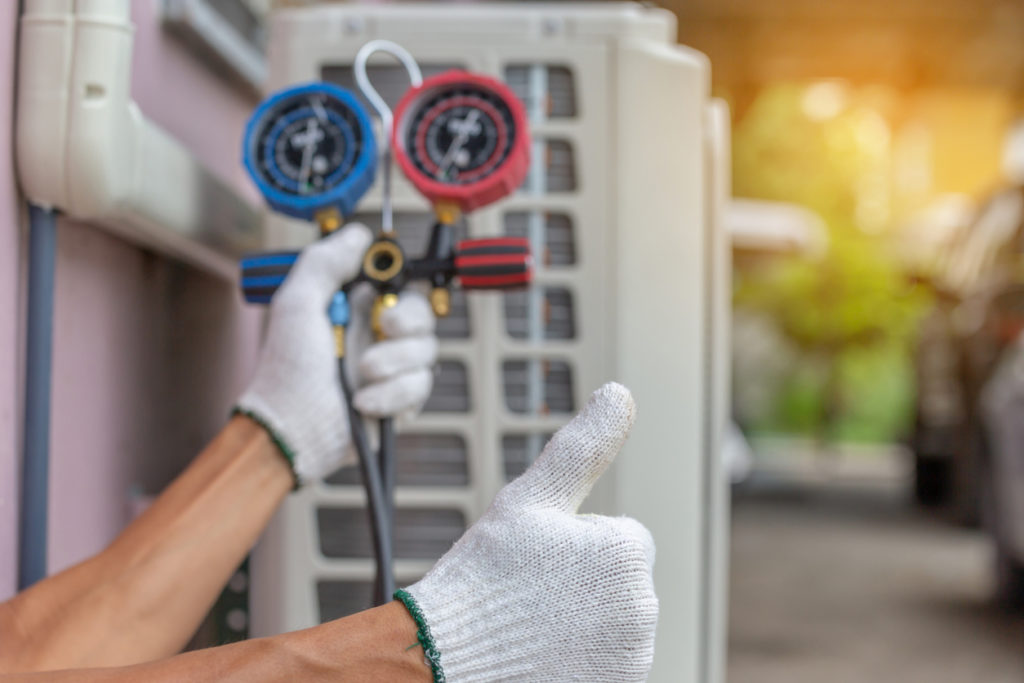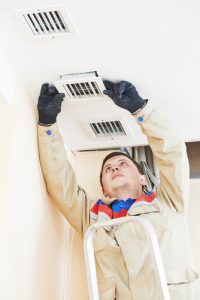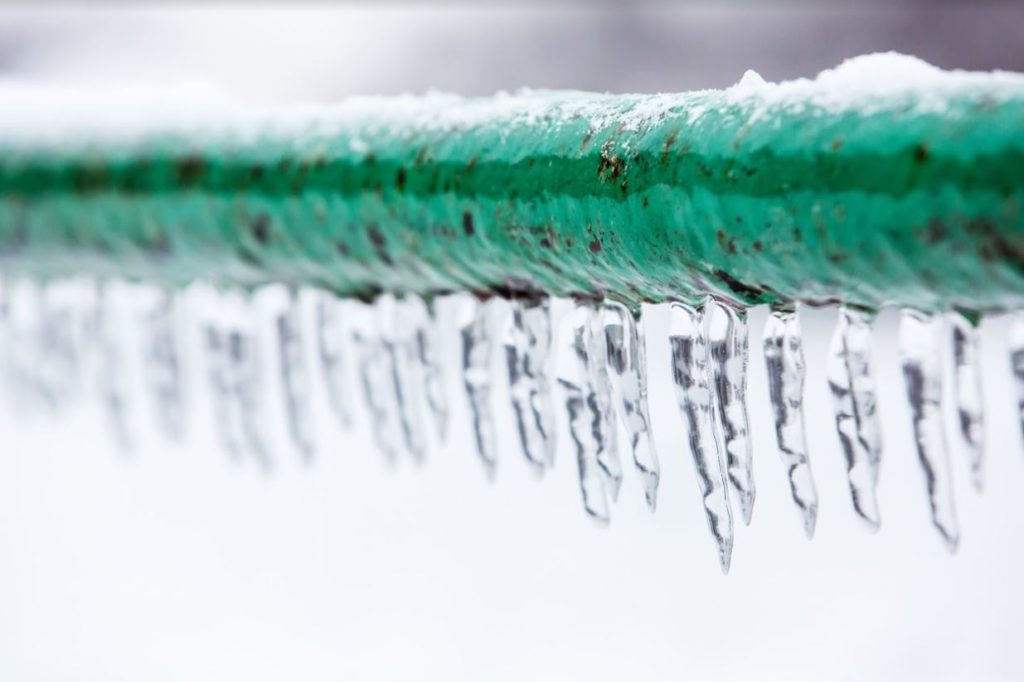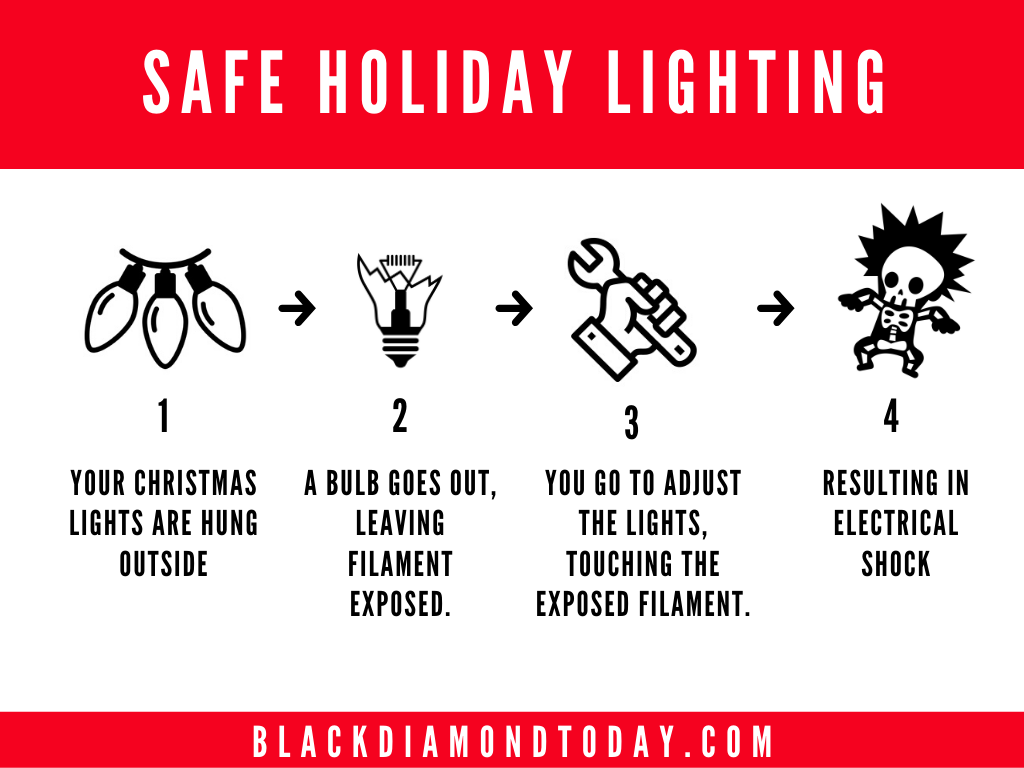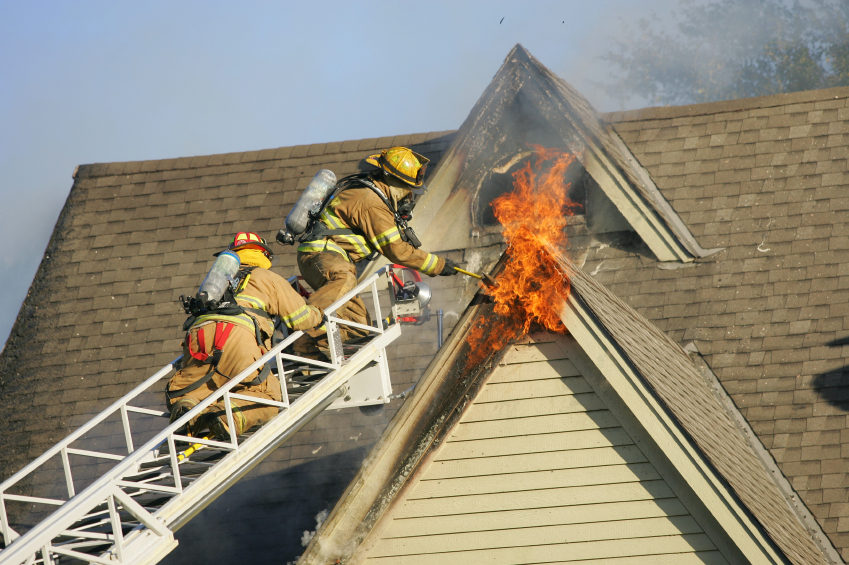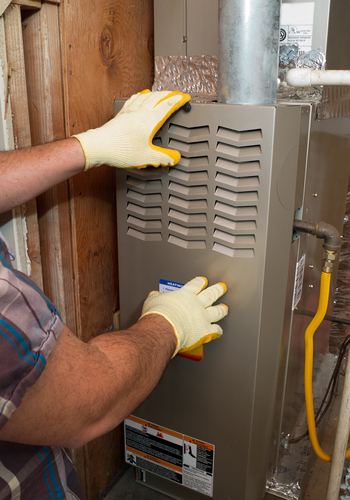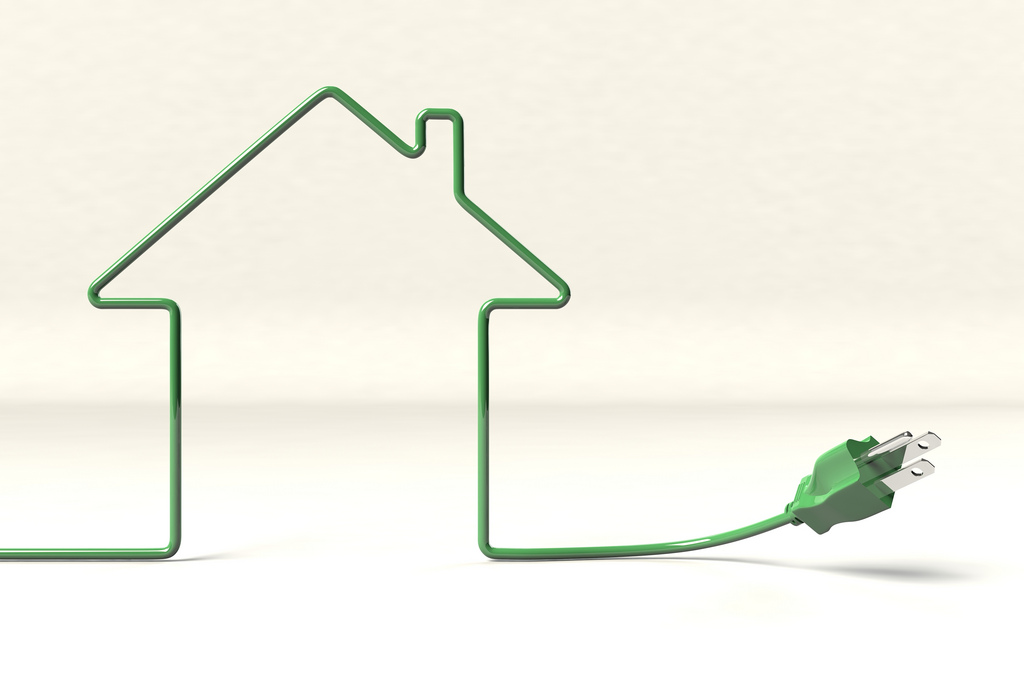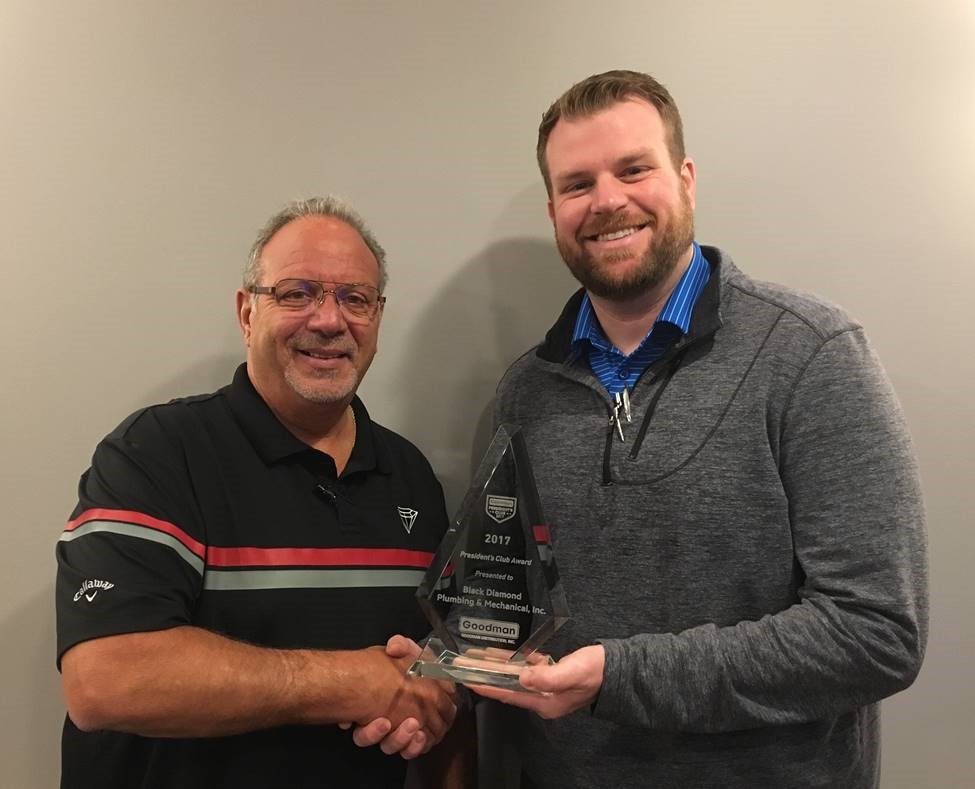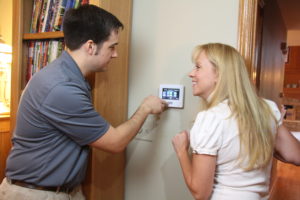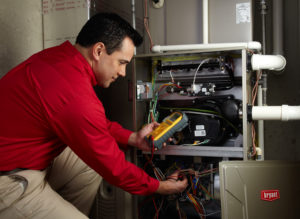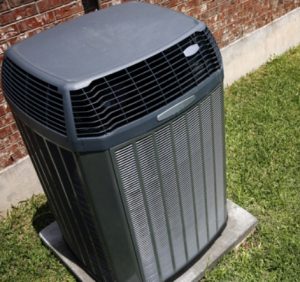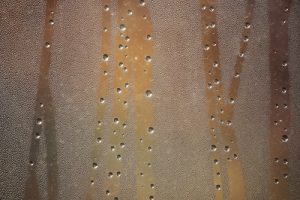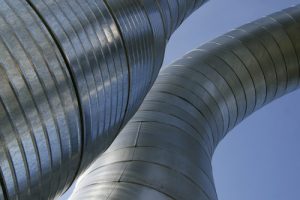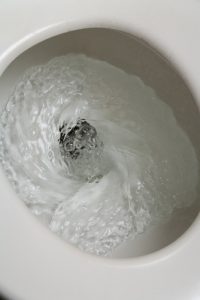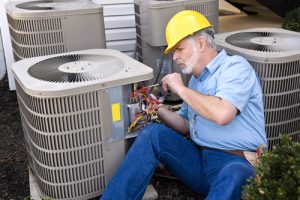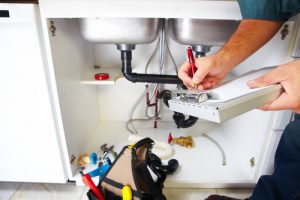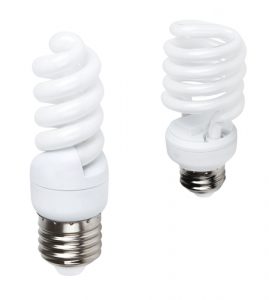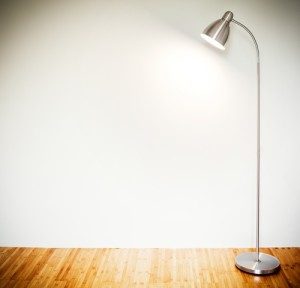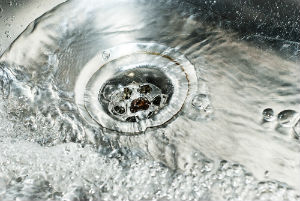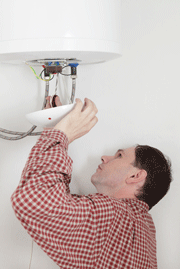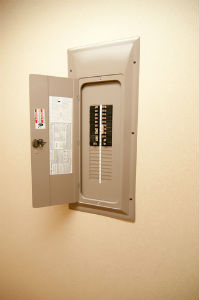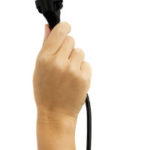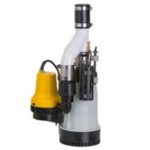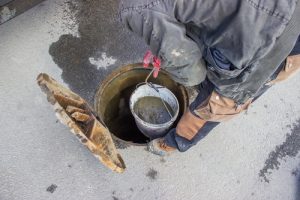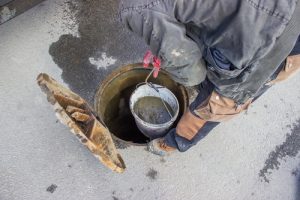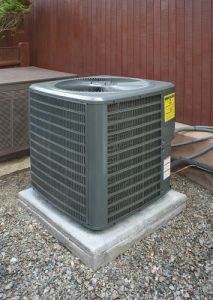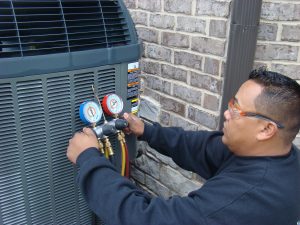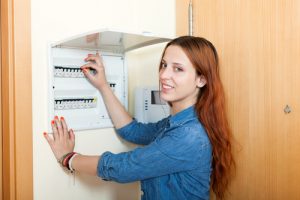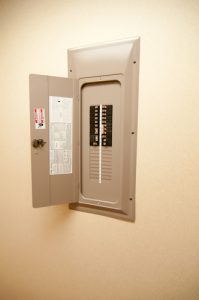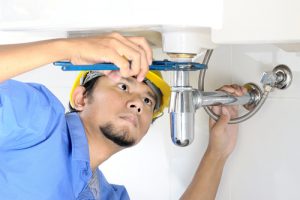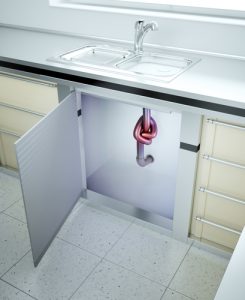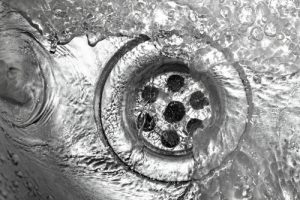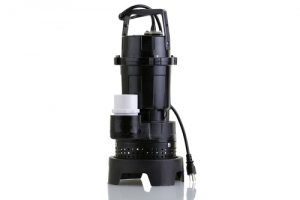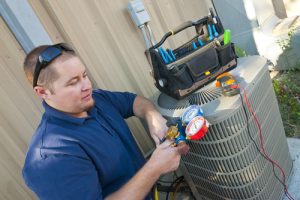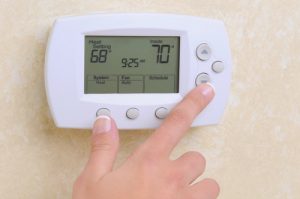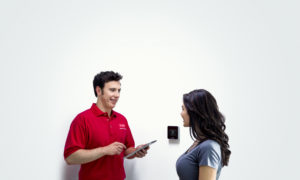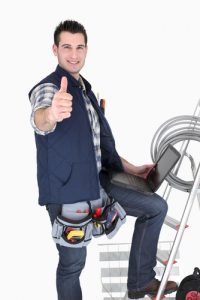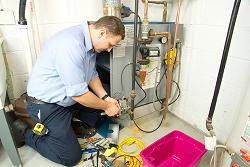Sump Pumps: How Your Home Can Benefit From This Equipment
It’s the moisture you don’t see that may be the reason you need a sump pump installed in your house. A basement-flooding deluge of rainfall is an obvious reason to have the extra protection of a pump to prevent your home and possessions from being swamped. However, a storm is a transient event and may not recur with regularity. Another source of water entering your home is more insidious and persistent. It’s known as hydrostatic pressure. That’s a term to describe water that comes up from the ground instead of falling from the sky. If you live in a house where hydrostatic pressure in the ground is a factor, you have a 24/7 source of damaging water seeking to leak into your basement through every possible entry point, or even by just permanently saturating solid concrete and brick, causing it to “weep” on the interior side. Installation of a sump pump helps relieve this pressure and guards against structural and property damage from this ever-present threat.
Your house under pressure
Even on the sunniest day, your basement walls and floor may be holding back hundreds of gallons of water. The water table is the level of ground water existing in the soil. That’s free water dispersed among the rocks and soil. In some locales you’d have to drill more than 100 feet to reach the water table. In others, you can get there with a garden shovel. The volume and power of water trapped in the ground should not be underestimated. Hydrostatic forces can destroy concrete dams and push building foundations aside. It’s important to realize that this is not simply static water pooled below ground. This is water under active upward pressure from the cumulative weight of soil and rocks surrounding it.
The orientation of the pressure imposes the greatest force on basement floors as water continuously pushes up from beneath. Hydrostatic pressure is frequently sufficient to force water through the porous composition of concrete blocks and foundations that are normally water-resistant, even where there are no cracks or other openings to admit the flow. And it’s far from an uncommon phenomenon. Studies show that about 60 percent of homes are at some level of risk from chronic ground water damage or acute rain flooding or both.
Hydrostatic pressure is often enough alone to threaten your basement with water intrusion. When it’s accompanied by even normal amounts of seasonal rainfall or a rapid snow melt, however, the water table in the super-saturated soil may rise all the way to ground level. This intensifies the force of water against the basement walls and pressing upward against the floor. While hydrostatic pressure presents an ongoing threat of chronic low-level infusion of water, rainfall or melting snow adds the potential of an acute flood crisis inside your home. Both scenarios can be avoided by constructing a sump pit in the basement floor and installing a pump to alleviate the pressure and automatically evacuate water as fast as it accumulates in the pit.
The pit downstairs
Sump pits are normally excavated in the most central location possible in the basement floor. This provides the best equalization of hydrostatic pressure on the underside of the slab. Because a sump pit and the pump installed in the pit will require periodic maintenance, the installation should be readily accessible to the homeowner. A typical circular sump pit is about two feet in diameter and completely penetrates the concrete slab, extending up to 30 inches into the ground below the slab. The bottom of the pit is usually lined with coarse gravel. When filled, the pit will hold about 15 to 25 gallons of water. Excavating a sump pit is not a DIY project and normally requires use of an air-powered jackhammer to break through the slab.
Sump pumps are available in two types:
- The submersible sump pump fits entirely into the sump basin and is submerged when water is present in the pit. A float switch on the side of the pump rises as the amount of water in the pit increases and energizes the pump when a preset level is attained. Because the pump and motor are underwater when running, a submersible pump runs cooler and is less likely to overheat during times of intensive use. In addition, since the entire pump and float switch mechanism are installed down in the pit, a lid can be placed over the pit to cover it entirely.
- A pedestal sump pump mounts above the slab with only the float and suction pipe protruding down into the water. In this arrangement, the sump pit cannot be sealed with a lid. However, because the motor, pump chamber, on/off switch and connections are not enclosed within the pit, a pedestal pump is more accessible for inspection and routine maintenance.
A typical float switch will be adjusted to actuate the pump when the water level reaches about one-third of the pit’s total capacity, usually around 5 gallons. A sump pump requires a 15 amp, three-wire grounded AC electrical outlet located nearby. Because the pump is always in or around water, a GFCI (Ground Fault Circuit Interrupter) outlet is recommended for safety.
Sizing the pump
Most sump pumps are common centrifugal pumps. Sump pump motors are rated by horsepower and the majority are less than one – typically ranging from 1/4 to 1/2 HP with 1/3 HP models being the most common in residences. More horsepower is not necessarily better. Pumps are sized to a particular installation by factors such as:
- The square footage of drainage area the pump will accommodate.
- The normal rate of flow into the pit plus a safety margin to handle increased water table after heavy rains.
- Diameter of the discharge pipe.
- The vertical lift, measured in feet, which the column of water in the pipe must be lifted to convey it up and out of the basement.
- The horizontal distance to the end of the discharge pipe in the yard.
Many local codes prohibit pumping sump water into a household sewer drain. The most common drain arrangement calls for a vertical pipe extending from the pump outlet up to ground level, then through an exterior wall and horizontally to an area outside at least 20 feet from the foundation of the house and not in direct line with any windows or doors.
Do you need a backup?
Yes, you do. The extreme weather conditions that may cause acute influx of water table into your basement are precisely the same conditions frequently associated with loss of electrical power on the grid. A sump pump is of little use in a period of ground water inundation if it doesn’t have the power to run. The most common backup systems are operated by a 12-volt deep cycle marine battery, keep your pump bailing out your basement when you need it the most. Water-powered pumps that use your home’s municipal water pressure – seldom interrupted by weather events – to operate a separate backup pump installed in tandem with the primary pump also give you the necessary depth to retain pumping through most outages. Another valuable accessory is a high water alarm that alerts you if the sump pit is overflowing.
Black Diamond Plumbing & Mechanical offers comprehensive HVAC and plumbing sales and service to local homeowners. Keep the rising water out of your basement now and in times of heavy rainfall with an automatic sump pump installation by our trained professionals.
Recent Posts
Request Service
Please fill out the form and we will get in touch with you shortly. We look forward to serving you!
Request Service
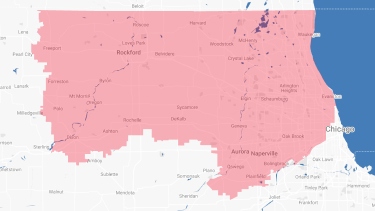
Proudly Serving
The Chicagoland AreaAddison | Algonquin | Antioch | Arlington Heights | Aurora | Barrington | Bartlett | Batavia | Beloit | Belvidere | Bensenville | Bloomingdale | Bolingbrook | Buffalo Grove | Byron | Caledonia | Capron | Carol Stream | And Much More!
VIew ALL

